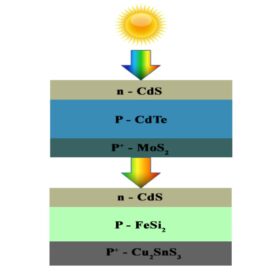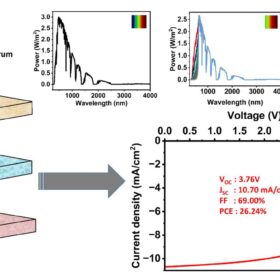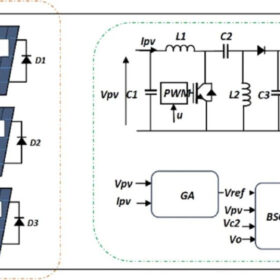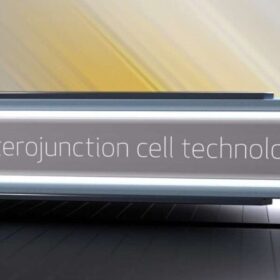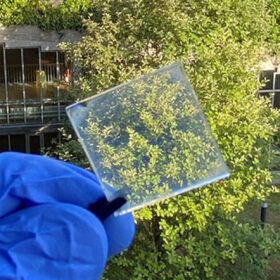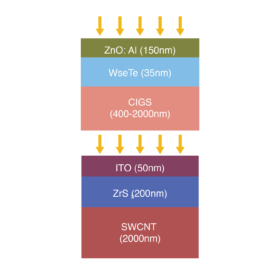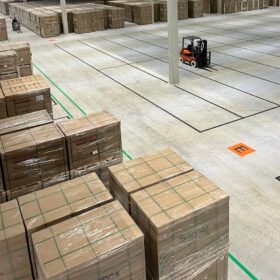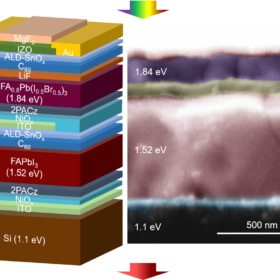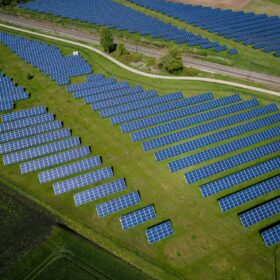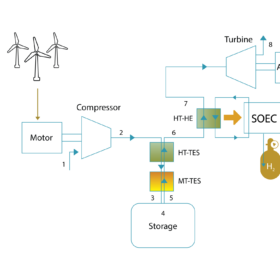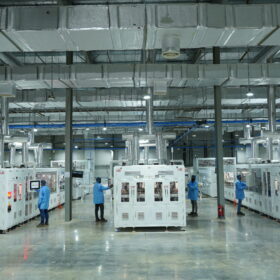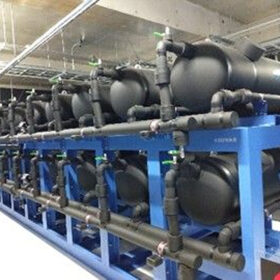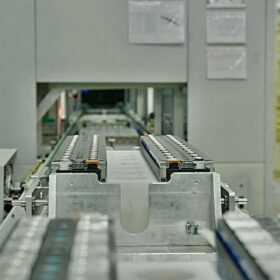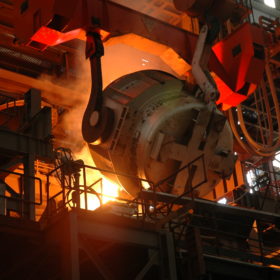Tandem solar cell based on cadmium telluride, iron disilicide promises 43.9% efficiency
Researchers in Bangladesh have designed a dual-junction tandem solar cell with a bottom device based on iron disilicide (FeSi2), an emerging absorber material know for its high thermal stability and good optoelectronic properties. Their simulation showed the advantage of combining the larger bandgap of the top cadmium telluride cell and the smaller bandgap of the bottom FeSi2 cell.
Indian scientists design 26.24%-efficient triple-junction all perovskite solar cell
The researchers simulated an all perovskite solar cell offering the advantage of effectively harnessing sunlight across a wide range of wavelengths. The device has the potential to achieve an open-circuit voltage of 3.76 V, a short-circuit density of 10.70 mA/cm², and a fill factor of 69.00%.
New approach to improve MPPT in partially shaded PV systems operating at high temperatures
The novel methodology is reportedly able to track global maximum power point and reduce power losses in partially shaded PV systems by up to 33%. It uses a backstepping controller (BSC) algorithm to adjust the pulse width modulation signal and a genetic algorithm to compute the BSC gains to achieve an optimal PV system outcome.
REC launches 430 W heterojunction solar module with 22.2% efficiency
REC has developed a new series of residential heterojunction solar panels with efficiencies ranging from 20.6% to 22.2% and an operating temperature coefficient of -0.24% per degree Celsius.
Single-junction transparent perovskite solar cell achieves record-breaking voltage of 1.78 V
A research team in Germany claims to have achieved the highest open-circuit voltage ever recorded to date for a perovskite solar cell based on hybrid methylamine lead chloride (MAPbCl3). The novel perovskite absorber was fabricated with a two-step deposition method and annealing under molecular nitrogen (N2) gas inside a glovebox.
First attempt to design CIGS/SWCNT tandem solar cells promises 38.91% efficiency
Indian researchers have proposed to build tandem solar cells based on a CIGS top cell and a bottom cell relying on a single-walled carbon nanotube (SWCNT) absorber. SWCNTs were previously used in solar research as an alternative to conventional metal grid contacts or hole transport layers (HTLs), as they combine optoelectronic properties, flexibility, chemical stability, and simple transfer protocols.
PV modules now selling in Europe for €0.10/W to €0.115/W
Solar module prices could slightly increase as European warehouses reduce their panel stockpiles, says Leen van Bellen, business development manager Europe for Search4Solar, a Dutch purchasing platform for solar products. He tells pv magazine that TOPCon modules will soon overtake traditional PERC products in Europe.
Triple-junction perovskite–perovskite–silicon solar cell achieves record-breaking efficiency of 24.4%
Developed by scientists in Germany, the triple-junction cell is based on a perovskite top cell with an energy bandgap of 1.84 eV, a perovskite middle cell with bandgap of 1.52 eV, and a silicon bottom cell with a bandgap of 1.1 eV. The device achieved an open-circuit voltage of 2.84 V, a short-circuit current of 11.6 mA cm–2, and a fill factor of 74%.
BloombergNEF says global solar installations could hit 574 GW this year
BloombergNEF says in a new report that developers deployed 444 GW of new PV capacity throughout the world in 2023. It says new installations could reach 574 GW this year, 627 GW in 2025, and 880 GW in 2030.
Green hydrogen, power generation tech based on compressed air storage, solid-oxide electrolysis cells
Scientists in Korea have developed a compressed air storage system that can be used as a combined cooling, heat, and power system and provide heat and power to solid-oxide electrolysis cells for hydrogen generation. It showed an overall roundtrip efficiency of 121.2% and over-unity efficiencies in the range of 100% to 120%.

